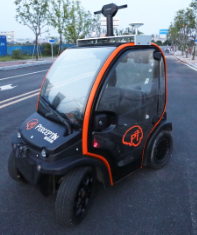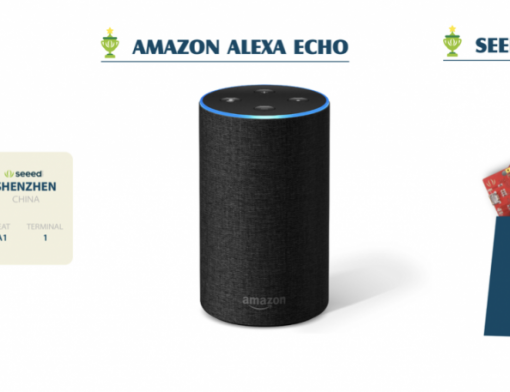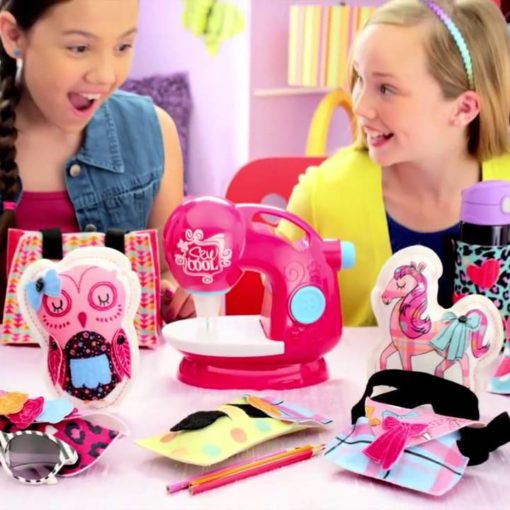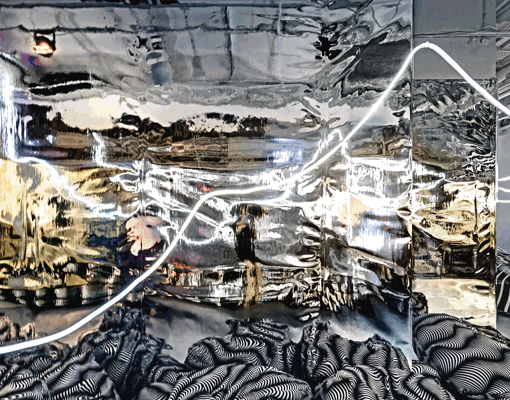Maker Faire Shenzhen 2025, themed “AI and More Things” invites scholars, tech leaders, maker pioneers, and industry practitioners from all fields to join the grand event. As in previous years, we have curated and recruited numerous exciting satellite events to provide more networking opportunities for all attendees. Today, we introduce one of this year’s satellite events:
| Innovation Symposium on New Engineering Education Event Time: 14:00-17:00 November 16, 2025 Event Venue: Shenzhen · Vanke Design Commune Shared Meeting Room 3 Event Form: Symposium Organizer: Maker Studio, Zhengzhou University of Light Industry |
Background & Goals
New Engineering Education, as the strategic direction for China’s engineering education reform, centers on promoting interdisciplinary integration, industry-education collaboration, and innovative practice. New Engineering serves as the keyword for China’s engineering education transformation, emphasizing not only technological renewal but also an upgrade in educational philosophy and talent cultivation models. We aim to leverage the maker culture ecosystem of Maker Faire to bring discussions on new engineering education into a more authentic and engaging setting. This will enable university faculty, makers, and education professionals to engage in face-to-face dialogue and clarify: What should the future of engineering education look like?
- Decoding the “Real Challenges” of New Engineering Education: How to Implement Interdisciplinary Integration? What Kind of Talent Do Enterprises Need? How Can Schools Keep Pace?
- Building Collaborative Innovation Communities: Bringing teachers, students, makers, and entrepreneurs together around one table to discuss projects, curricula, and partnership opportunities.
- Delivering Actionable Educational Solutions: Moving beyond slogans to provide practical course frameworks, interdisciplinary project templates, and industry-academia collaboration recommendations that can be implemented immediately.
Theme & Process
| Theme 1: 14:00-14:50 What Makes New Engineering “New”? —Defining the Next Generation of Engineering Education |
|---|
| Discussion Focus: Real Challenges in Interdisciplinary Integration: How to Revamp Curriculum Design, Faculty Collaboration, and Assessment Standards? Reference Cases: Olin College’s “Project-Based Curriculum” and Shenzhen Science and Technology Innovation Institute’s “Discipline Co-creation” experiment; Maker Studio innovation practices: From bionic robots to AI+X, how to integrate maker culture into classrooms? Interactive Form: World Café Discussion: Participants rotate in groups to identify key questions and solutions around the above focus areas; prioritize sharing interdisciplinary case studies in mechatronics and bionic robotics. |
| Theme 2: 14:50-15:40 AI + New Engineering Education: Pathways for Educational Innovation in the Era of Technological Transformation |
|---|
| Discussion Focus: How AI Technology is Reshaping Engineering Education: Virtual Simulation, Personalized Learning, Intelligent Assessment; Industry-Education Integration Practices: Huawei-University Collaboration Models, Corporate Resource Integration, and Project-Based Teaching; Risks and Challenges: Technological Ethics, Faculty Competency Gaps, Educational Resource Equity (Will students only learn to “tweak prompts”? How should teachers transition?) Interactive Form: Case Study + Debate Competition: Participants will form teams representing opposing viewpoints to debate whether “AI can replace traditional engineering experiments.” Drawing on university faculty experience, the session will analyze the boundaries and potential of AI in education. |
| Theme 3: 15:40-16:30 Synergy Between Maker Education and New Engineering Education: From Practice to Ecosystem Development |
|---|
| Discussion Focus: How Maker Spaces Empower New Engineering Education: Students undertake real-world projects and learn from failures; Ecosystem Development: How to establish a tripartite collaboration mechanism among schools, enterprises, and makerspaces? Sustainable Development Model: From projects to products, from curricula to entrepreneurship—how to foster a sustainable ecosystem? Interactive Form: Open Space Discussion: Participants propose topics (e.g., “How to design interdisciplinary maker projects?”) for in-depth group discussions. Sharing Maker Studio’s industry-academia-research experience to guide consensus-building on ecosystem development. |
| Presentation and Sharing |
|---|
| Each group will present key discussion points and recommendations in 3-5 minutes. These will be visually summarized on a large screen using sticky notes or mind maps to make outcomes tangible. Establish a WeChat group: Invite attendees to join an ongoing online community for follow-up communication. Group photo session. |
Target Audience
1. University Faculty: Heads of engineering departments, course designers, laboratory instructors;
2. Makers and Entrepreneurs: University technology enthusiasts, hardware developers, representatives from edtech companies, open-source community contributors;
3. Education Policy Makers: Local education authorities, project leads for industry-education integration initiatives.
Interaction Assurance Mechanisms
1. Pre-survey questionnaires: Identify participants’ core concerns to tailor discussion topics;
2. Tiered grouping strategy: Mix participants by background (faculty/makers/enterprise) to foster cross-perspective dialogue.
Innovation and Expected Outcomes
Innovative Features
1. Action-Oriented Approach: Entirely problem- and case-driven to ensure discussions yield actionable solutions;
2. Host Expertise: Hosts serve as both university faculty and maker leaders, bridging industry and academia;
3. Cross-Disciplinary Empowerment: Multi-disciplinary makers share real-world applications of emerging technologies across industries;
4. Actionable Outputs: Directly generates practical deliverables such as course design guidelines and interdisciplinary project templates.
Expected Outcomes
1. A set of reference principles for interdisciplinary course design;
2. Establishment of a faculty-maker collaborative community to facilitate ongoing project partnerships (e.g., co-building laboratories, developing teaching tools).
Registration
Scan the QR code below to register:

Selection Criteria:
Priority will be given to participants with experience in curriculum reform or maker project backgrounds.
New engineering education represents not merely an upgrade of technical competencies, but a systematic reconstruction of educational paradigms. By focusing on “cross-disciplinary integration” and “ecological synergy,” this satellite event aims to provide educators and practitioners with a platform for intellectual exchange, jointly advancing the transformation of engineering education toward the future.

Visitor Register for MFSZ25

November 15-16, Vanke Design Commune, Nanshan, Shenzhen
Parking Limited, eco-friendly transportation are highly recommended!
Take Metro Line 5 to Liuxiandong Station, exit via Exit A, walk straight, then turn left to arrive.
Nearby bus stops: Zhongxing Talent Apartments East and Vanke Cloud City.
Go green, save energy, and join us for a sustainable journey!
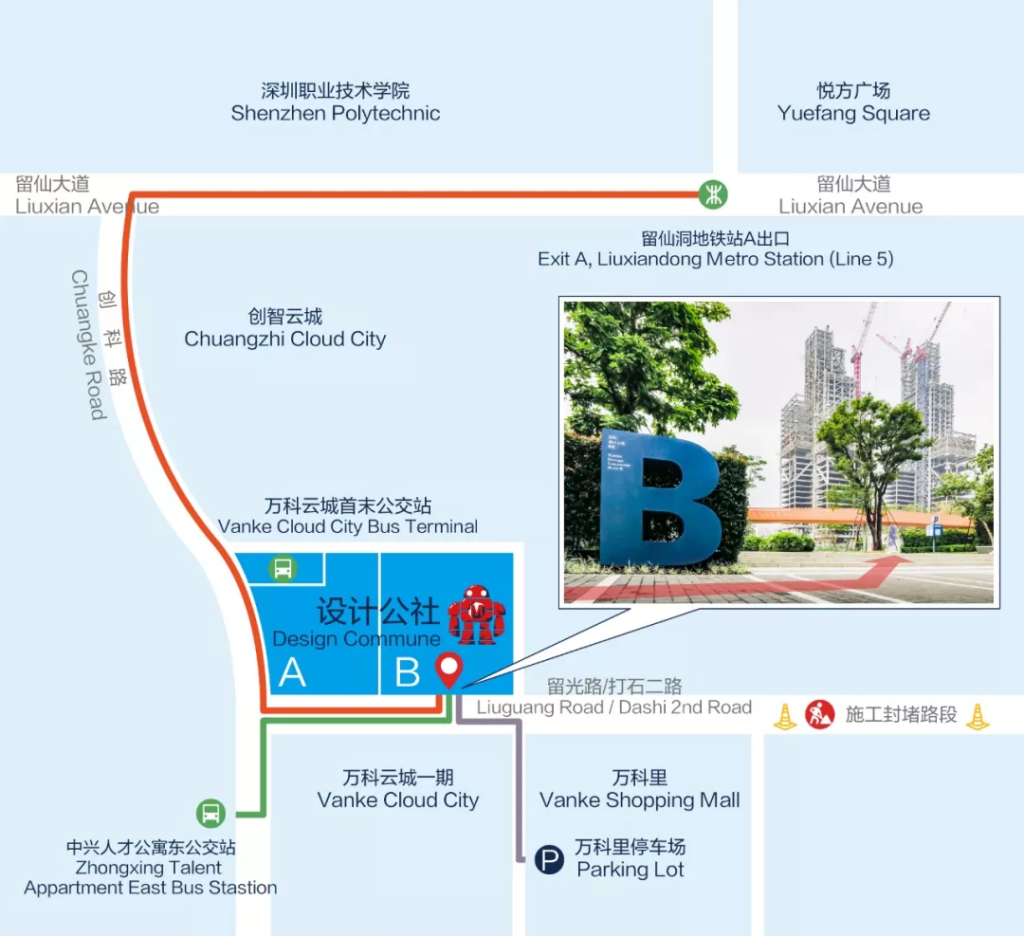


Over the past 12 years, the development trajectory of Maker Faire Shenzhen can be seen as a microcosm of the development of maker culture in China.
- 2012: “Gathering Small Wisdom, Journeying through the Great Future” – This was the first Mini Maker Faire in China, with less than 1000 attendees, and was more like a gathering within a small circle. But we saw the infinite possibilities emerging from the maker community.

- 2013: The slogan was absent, and the maker community was still small. – In the OCT Creative Park, there were cross-disciplinary exchanges among different creative communities, silently laying the foundation for cultural output.

- 2014: “Innovate with China” – the event was upgraded to the Featured level for the first time, with a significant increase in scale compared to previous years, and the beginning of professional independent forums. This year, makers began to enter the public’s view.

- 2015: “Everyone is a Maker, what are you waiting for?” – This year’s Shenzhen International Maker Week became one of the largest Maker Faires in the world. This year, the concept of “maker” was elevated to a national level, and the trend of “mass innovation, mass entrepreneurship” swept across the country.

- 2016: “My World, My Creation” – As the sub-venue of the National Innovation and Entrepreneurship Week, the event was held for the first time in the commercial center area, experiencing unpredictable weather from typhoons to scorching heat. Many makers succeeded in your entrepreneurial endeavors this year, but it seemed like there were even more failures. The hype around entrepreneurship shifted towards rationality.

- 2017: “Makers, Go Pro” – The event took place at the university campus for the first time, focusing on Maker Pros and providing a platform for diverse innovators and makers to showcase themselves, presenting more possibilities for the growth path of makers to the entire community.

- 2018: “Co-making in the City” – The main venue of Shenzhen International Maker Week, where individuals and groups with shared visions and values gathered to showcase stories, projects, and explorations of collaboration among different communities and people.

- 2019: ” To the Heart of Community, To the Cluster of Industry” – The event was upgraded to the Maker Faire Shenzhen, attempting to attract professional audiences and focusing on pragmatic aspects such as solving the needs of industrial upgrading and co-developin. It aims to build a platform for innovation and industry dialogue and collaboration.

- 2023: “Where Are The Makers?”– Starting from our own mission and values, we aim to explore the future direction of makers and the possibilities for commercialization. Though this question does not have a definitive answer, we do hope that through this event, we can communicate and share with every one of you, finding more ideas and directions together.

2024: “Everything is AI” – This year, we brought together over 120 exhibitors from around the world, attracting nearly 1,500 professional attendees from nearly 20 countries and over 20 provinces across China. The exhibition showcased a wide range of AI application projects and hosted 10 AI hardware-themed satellite events, alongside various workshops.

